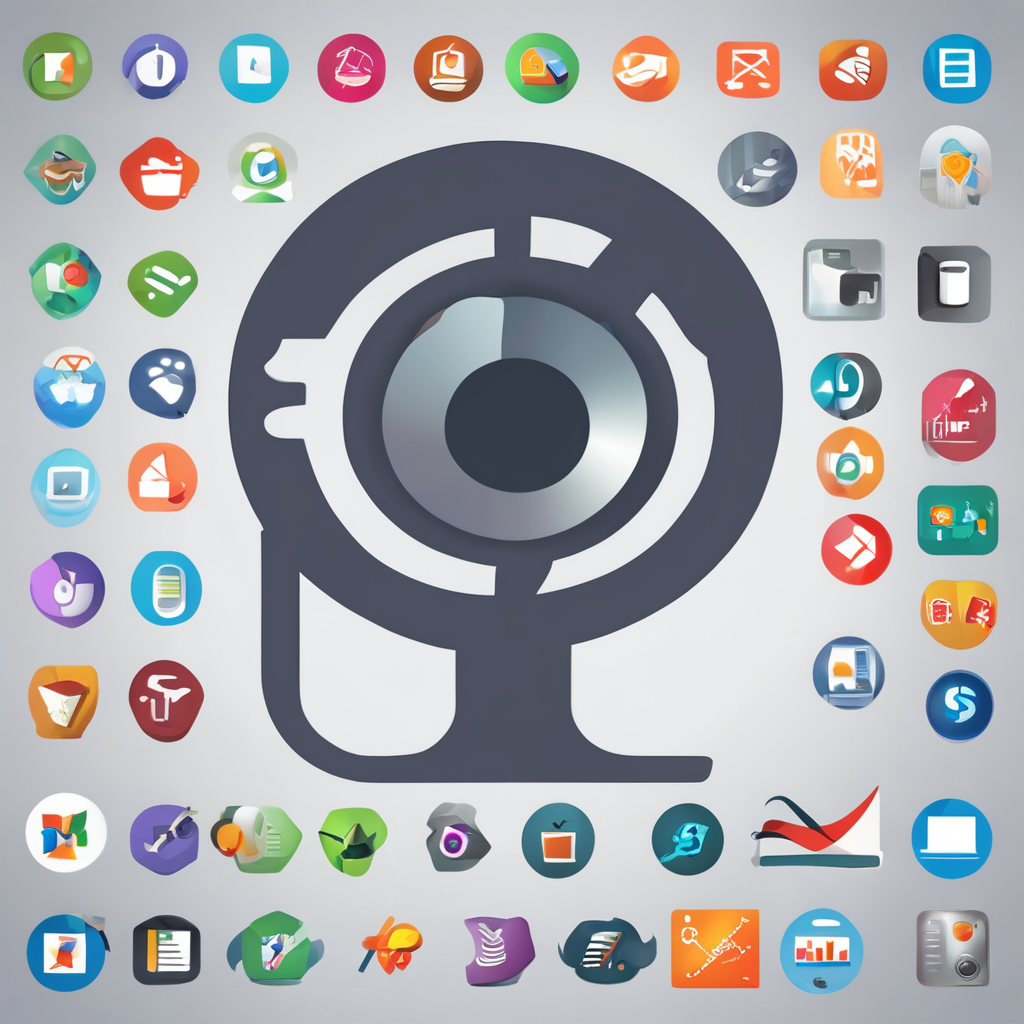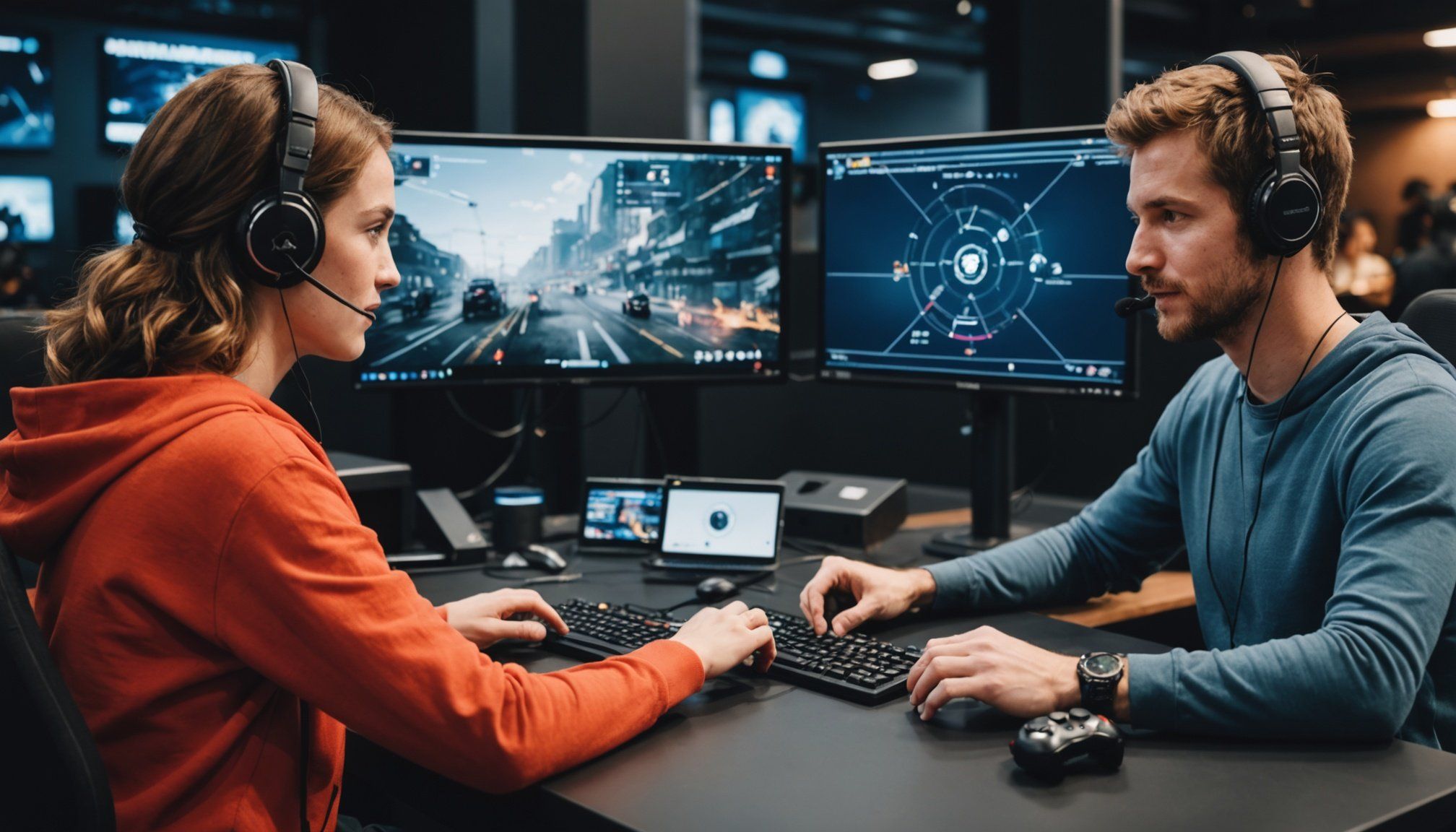Overview of Real-Time Language Translation in Gaming
In the fast-evolving world of multiplayer gaming, effective communication among players is paramount. Real-time translation plays a crucial role in overcoming communication barriers, enabling seamless collaboration between players from diverse linguistic backgrounds. This technology is essential for player collaboration, as it ensures that strategies and tactics are well understood, enhancing the overall gaming experience.
The technology behind real-time translation involves advanced algorithms and machine learning models that can instantaneously convert spoken or typed language. These algorithms are designed to manage different accents and dialects, making them remarkably sophisticated. Current trends in gaming communication highlight the importance of integrating these technologies into gaming platforms to promote inclusivity and engagement.
Have you seen this : Revamping Gaming Economies: Harnessing AI to Enhance Financial Journeys for Gamers
Platform developers and game designers are increasingly aware of these trends and are incorporating real-time translation as a standard feature in multiplayer games. As the technology matures, it’s expected to become more accurate and nuanced, providing better support for players worldwide. This innovation is not just about removing language barriers but also about building a more connected and culturally aware gaming community.
Utilizing In-Game Translation Tools
Communication strategies in multiplayer gaming are pivotal for player collaboration and success. Players now have access to a variety of translation tools that facilitate real-time interactions, thus breaking down linguistic barriers. Understanding the available options and integrating third-party translation apps with gaming servers can significantly enhance the gaming experience.
Additional reading : Mastering Machine Learning Magic: Crafting Lifelike NPC Animations for Engaging Open-World Gameplay
Popular titles have incorporated comprehensive in-game translation features to support a global audience. For instance, games like Fortnite provide automatic language translation for chat functions, allowing players to communicate effortlessly regardless of their native tongue. These tools are indispensable in creating a cohesive environment where teamwork can thrive.
Many users have praised these translation features, highlighting their simplicity and effectiveness. In League of Legends, for example, players have shared success stories about how translation tools have enabled seamless strategic planning and coordination during intense gameplay sessions.
Additionally, platforms are beginning to support the integration of third-party translation apps, offering even more flexible and comprehensive solutions. By employing these measures, gaming companies aim to foster inclusive community atmospheres, ensuring all players feel connected and engaged regardless of their language. The inclusion of visual communication tools also helps in further simplifying and clarifying interactions, ultimately promoting positive and inclusive gaming cultures.
Popular Tools and Software for Real-Time Translation
The world of gaming has evolved with the integration of translation software and language apps. These tools significantly enhance the gaming experience by facilitating real-time communication. One of the leading translation applications popular among gamers is Discord’s integrated translator bot, which offers seamless interaction in multiple languages. Similarly, tools like iTranslate Voice and Google Translate have made strides in gaming communication, providing quick translation services.
When selecting a translation tool, consider features such as the range of supported languages, speed of translation, and ease of integration with gaming platforms. Apps that offer voice and text translation can prove invaluable, as they cater to a wider audience. Customizable settings and user-friendly interfaces also add to their appeal.
Case studies on successful integrations reveal how MMORPGs like World of Warcraft have employed these applications to encourage diverse player interactions. They have transformed the landscape by breaking language barriers, allowing players from different backgrounds to collaborate effectively. This technological advancement not only enhances gameplay but also fosters a uniquely inclusive and culturally rich gaming community. The thoughtful selection of translation software thus plays a crucial role in creating immersive and engaging gaming experiences.
Techniques for Effective Communication
Effective communication strategies in multiplayer gaming are pivotal not just for player collaboration but also for success. Players now have at their disposal an array of translation tools designed to overcome linguistic hurdles. The landscape of gaming communication is rapidly evolving, with comprehensive in-game translation features becoming a norm. Many multiplayer games integrate sophisticated translation mechanisms, allowing players of diverse languages to communicate effectively. These tools, from built-in options to third-party apps, are essential in creating a more inclusive gaming experience.
Incorporating gaming etiquette and understanding cultural nuances further enhances these interactions. Players who are mindful of avoiding jargon, colloquialisms, and slang facilitate clarity and transparency in communication. Moreover, the integration of visual communication tools—like emojis and quick-action commands—has profoundly impacted understanding, making interactions smoother and more intuitive. Game environments increasingly support inclusive community atmospheres, ensuring players feel welcomed and understood.
Success stories from popular titles underline the effectiveness of these communication strategies and tools. By embracing this technology, game developers are not only removing language barriers but are also building culturally rich gaming communities where respect and connection thrive.
Cultural Sensitivity and Engagement
In the dynamic realm of gaming, embracing cultural awareness is paramount for fostering a compelling and respectful environment. Understanding diverse cultures enriches the gaming experience by promoting community building and enhancing gaming culture. Players bring unique perspectives influenced by their cultural backgrounds, which can lead to more enriching interactions.
Many games now incorporate cultural integration in game design, allowing players to experience narratives and symbols from various cultures. For instance, games might include characters or quests that educate players about different traditions, encouraging empathy and understanding. This not only adds depth to gameplay but also allows for a more inclusive atmosphere.
Adopting strategies for promoting respectful interactions ensures that players from different cultures interact positively. Gaming platforms can implement community guidelines that discourage disrespectful language and encourage inclusive behaviour. By fostering such an environment, players are more likely to have positive experiences and form lasting connections.
It’s crucial for developers to engage with players and seek community feedback. Developing tools and guidelines that reflect player diversity enrichens both the game and the broader gaming ecosystem, making cultural sensitivity an integral aspect of game development. This approach helps build a robust and engaging gaming community.











